Best ECG Monitoring Android Wearables: Top 5 Devices 2024
As someone deeply immersed in the world of health tech and web development, I&ve witnessed firsthand the incredible advancements bringing sophisticated medical capabilities right to our wrists. One of the most significant breakthroughs for personal health has been the integration of ECG monitoring into everyday smart devices. Gone are the days when a detailed heart check required a dedicated clinic visit; now, with the right android wearables, you can gain insights into your cardiac health from the comfort of your home, or even on the go.
This isn&t just about convenience; it&s about empowering individuals with real-time data for proactive health management. Let&s dive deep into the world of ECG monitoring android wearables, exploring what they are, why they matter, and how to choose the best one for you.
What Exactly is ECG monitoring and Why Does It Matter for My Heart Health?
ECG, or Electrocardiogram, monitoring is a non-invasive test that measures the electrical activity of your heart. It records the tiny electrical signals produced by your heart as it beats, displaying them as a waveform. This waveform provides crucial information about your heart&s rhythm and electrical function.
Why does this matter for your heart health? An ECG can detect various heart conditions, most notably arrhythmias – irregular heartbeats. Specifically, many consumer-grade ECG wearables are designed to detect signs of Atrial Fibrillation (AFib), a common type of irregular heart rhythm that can increase the risk of stroke and heart failure if left untreated. Early detection through regular monitoring can be a game-changer, allowing for timely medical intervention and potentially life-saving treatment. It offers peace of mind and an early warning system for a vital organ.
How Do Android Wearables Make ECG monitoring Accessible?
Android wearables, predominantly smartwatches, have revolutionized personal health monitoring by integrating advanced sensors into stylish, convenient devices you wear daily. These devices typically use electrodes that touch your skin (usually on the wrist and a finger from the opposite hand) to complete a circuit and record your heart&s electrical signals. The data is then processed by the device and displayed on its companion app on your android smartphone.
The accessibility comes from several factors:
- Convenience: You can take an ECG reading anytime, anywhere, without special equipment or appointments.
- Real-time Data: Get immediate feedback on your heart rhythm.
- Seamless Integration: Data syncs effortlessly with your phone&s health apps, allowing for historical tracking and trend analysis.
- Data Sharing: Most apps allow you to export your ECG readings as a PDF, which can be easily shared with your doctor for review.
This continuous or on-demand monitoring capability transforms how we approach heart health, shifting from reactive care to proactive awareness.
What Features Should I Look For in an ECG monitoring Android Wearable?
Choosing the right ECG monitoring wearable involves more than just picking the trendiest gadget. Here’s what to prioritize:
- Regulatory Clearance (FDA/CE Mark): This is paramount. Ensure the device&s ECG function has received clearance from relevant health authorities (like the FDA in the US or CE Mark in Europe). This indicates the feature has been tested and deemed safe and effective for its intended purpose. You can often find this information on the manufacturer&s website or product specifications.
- Accuracy and Reliability: While consumer devices aren&t diagnostic tools, you want readings that are consistently reliable. Look for reviews and studies that speak to the accuracy of the ECG feature.
- Ease of Use: The process of taking an ECG should be straightforward and quick. How long does it take? Is it comfortable? Can you easily access the results?
- Battery Life: Consistent monitoring requires decent battery life. A device that needs charging daily might interrupt your data collection.
- Companion App and Data Management: A robust, user-friendly app is crucial. It should clearly display your ECG readings, allow for historical tracking, and offer easy export options (e.g., PDF) for sharing with healthcare professionals.
- Integration with Android Ecosystem: Ensure the wearable integrates well with your existing Android phone and potentially with platforms like Google Fit.
- Additional Health Metrics: Beyond ECG, many wearables offer heart rate monitoring, SpO2 (blood oxygen) tracking, sleep analysis, and stress levels, providing a more holistic view of your health.
- Durability and Comfort: Since you&ll be wearing it daily, ensure it&s comfortable, water-resistant (for daily wear and workouts), and built to last.
Alt Text Suggestion: A close-up image of an Android smartwatch displaying an ECG waveform, emphasizing heart health monitoring.
Which Are Some Popular ECG monitoring Android Wearables Available Today?
The market for ECG-enabled %%wearables%% is growing, with several strong contenders for Android users:
- Samsung Galaxy Watch Series: Samsung has been a pioneer in integrating advanced health features. Models like the Galaxy Watch 6 and Watch 5 Pro offer FDA-cleared ECG functionality, alongside comprehensive fitness and health tracking. They integrate seamlessly with the Samsung Health app, providing detailed insights and easy sharing.
- Google Pixel Watch: Google&s entry into the smartwatch market, the Pixel Watch, also features an FDA-cleared ECG app. It leverages Google&s ecosystem and Fitbit&s health tracking expertise, offering a sleek design and tight integration with Android and Google services.
- Fitbit Sense Series: The Fitbit Sense and Sense 2 are dedicated health smartwatches with an FDA-cleared ECG app. Fitbit excels in holistic health tracking, including stress management and sleep analysis, making it a strong choice for those looking for comprehensive wellness monitoring. Their ecosystem is well-established for long-term health trends.
- Garmin Venu 2 Plus (with ECG app): Garmin, known for its fitness watches, has also introduced ECG capabilities on select models like the Venu 2 Plus, which received FDA clearance. This is a great option for active individuals who also want heart health insights.
How Can I Integrate My Wearable Data with Other Health Platforms or Share with My Doctor?
Integrating your wearable data is key to making it actionable. Most ECG monitoring android wearables offer robust solutions:
- Native Companion Apps: Each brand (Samsung Health, Fitbit app, Google Fit app) provides its own platform to view, analyze, and store your ECG data. These apps are your primary interface.
- Google Fit: Many wearables can sync their health data, including heart rate and sometimes even ECG summaries, with Google Fit. This creates a centralized hub for your various health metrics.
- PDF Export: Crucially, all medically cleared ECG apps allow you to export your readings, often with a date and time stamp, into a PDF document. This PDF can then be easily emailed or printed to share with your cardiologist or primary care physician. It&s important to remember that these readings are for informational purposes and should always be discussed with a medical professional for diagnosis or treatment.
- Third-Party Integrations: Some platforms may offer integrations with third-party health apps or electronic health record (EHR) systems, though this is less common for direct ECG data from consumer devices. For those managing personal health data on a larger scale, tools and plugins for platforms like %%WordPress%% might offer ways to visualize and manage exported data, though this requires custom setup.
For more on managing your digital health, check out our guide on Leveraging Health Tech for Personal Wellness.
Shop Related Products on eBay
Find the best deals on these recommended products:
… (Content truncated for length) …
About the Author:
Poly Kaza is a seasoned technology journalist and wearable tech enthusiast with over a decade of experience reviewing and analyzing the latest innovations in smart devices. He has a deep understanding of the underlying technologies that power smartwatches and a passion for helping consumers make informed decisions about their digital companions. His work focuses on bridging the gap between complex technical specifications and practical user experience, with a keen eye on how wearables impact daily life and health.
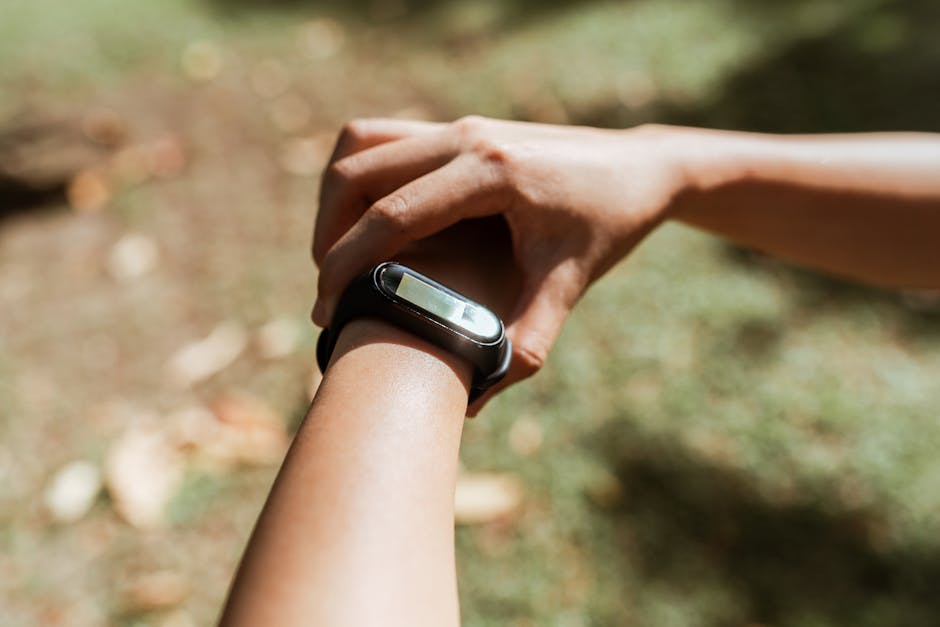
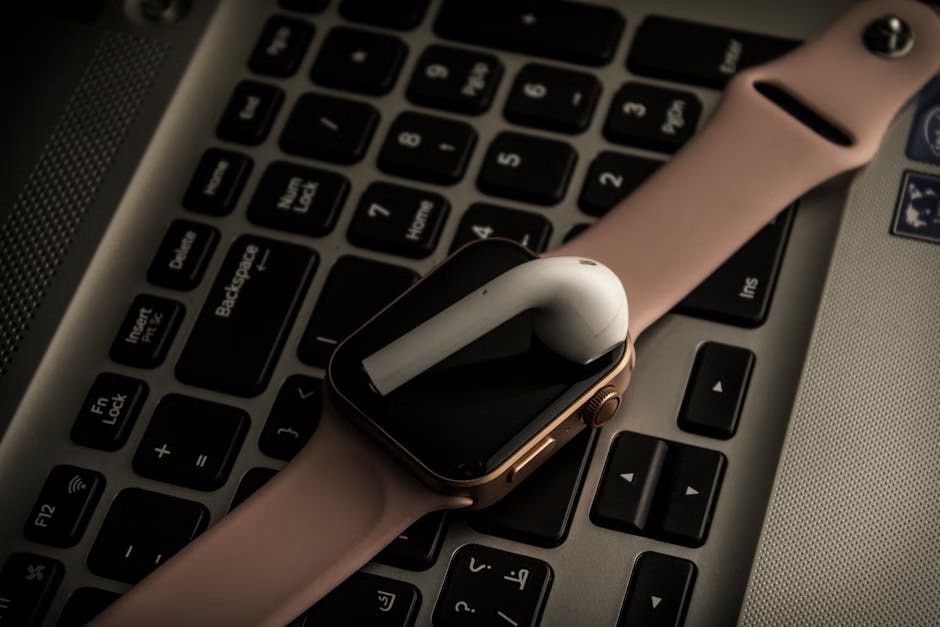


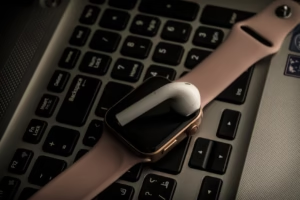

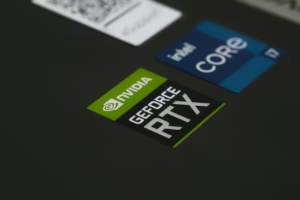

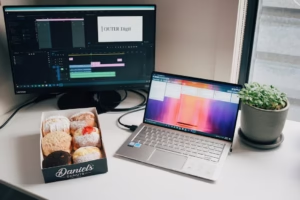
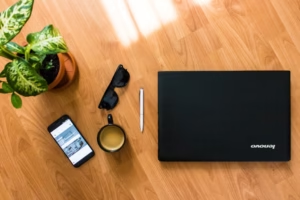



1 comment